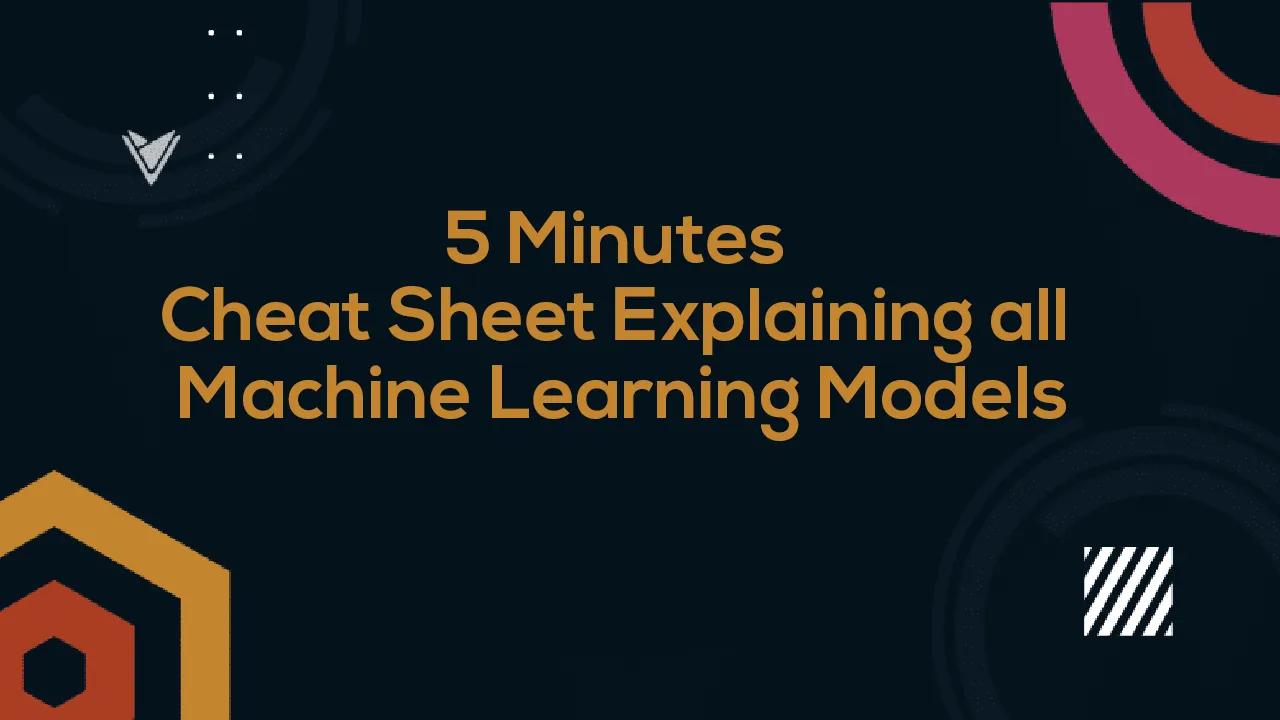Many times, it happens that you have an interview in a few days, and your schedule is jam-packed to prepare for it. Or maybe you are in revision mode and want to look at all the basic popular machine learning models. If that is the case, you have come to the right place. In this blog, I will briefly explain some of the most commonly asked machine learning models in interviews. I will also list important parameters related to each model and a source to find a detailed explanation of the same topic, so you can dig deeper if and when required.
Machine learning models can be broadly categorized into two categories supervised and unsupervised learning. Further in supervised learning, we have two broad categories regression and classification. The following sections explain each of them briefly to give you the necessary insights.
Note: I am providing models, which I believe are the most common ones and should be prepared before giving any data science interview. However this list is subjective.
Supervised learning
In supervised learning, the data that you use for training the models is “labeled”. This means the output for each input is known. For example, if your model is trying to predict house prices, you might have variables like size of the house, number of floors, etc. When your data is labeled, it means you would also have a variable that contains the house price.
The above example was for regression. Let’s have a close look at regression and classification now.
Classification
In classification, the output of the model is discrete. For example, consider dog vs cat image classification, where we predict whether the image contains the family of dogs or cats. The class (which is the output of the model) will be discrete here i.e. either dog or cat. Now, we will look through the models which are commonly used for classification.
Logistic regression
Don’t get confused; it has the word “regression” in the name, but it is used for classification. Logistic regression uses an equation to create a curve with your data and then uses this curve to predict the outcome of a new observation.
In essence, a logistic equation is created so that the output values can only be between 0 and 1.
Detailed **Explanation **here
Support Vector Machine
Support Vector Machines (SVM) form a boundary between data points for classification. For example, in the case of 2 dimensions, SVM will create a boundary such that the majority of data points of one class fall on one side of the boundary, and most of the other class falls on the other side.
So the goal in SVM is to find the boundary which maximizes the margin (described in the above image).
**Important Parameter/Concepts **— Kernel, C, Gamma, Margin
**Detailed Explanation **here
Decision Tree
In the decision tree, you basically ask questions about your observation and follow the tree down until you reach an outcome, as shown below.
In the above example, each square is called a **node, **and more number of nodes here will cause more overfitting of the model on the dataset.
**Important Parameter/Concepts **— Node, Leaf Node, Entropy, Information Gain
**Detailed Explanation **here
Random Forest
It is an ensemble learning technique that uses multiple decision trees to give the final output. Random forests create multiple decision trees based on bootstrapped datasets of the original dataset and randomly select subsets of the variable at each step of decision trees. During inference, we get outputs from all the decision trees, and finally, we select the output which has maximum votes. Random forests are generally preferred over decision trees as they prevent overfitting.
**Important Parameter/Concepts **— Number of decision trees, Size of bootstrapped data, Number of random forest feature, and everything else mentioned in decision tree’s section.
#classification #artificial-intelligence #machine-learning
